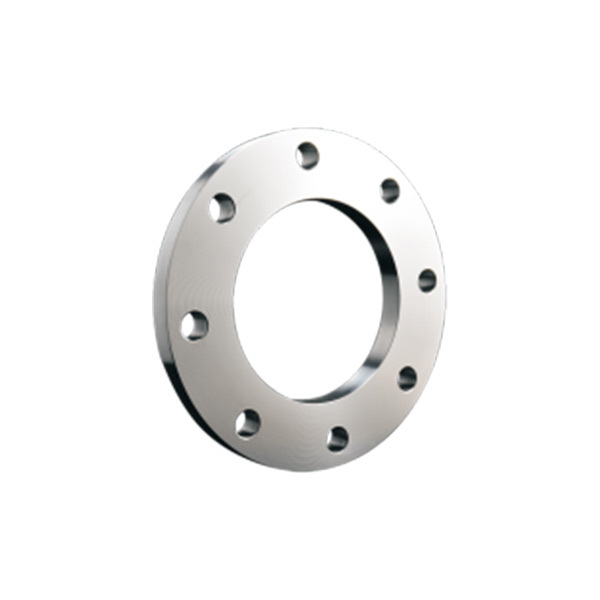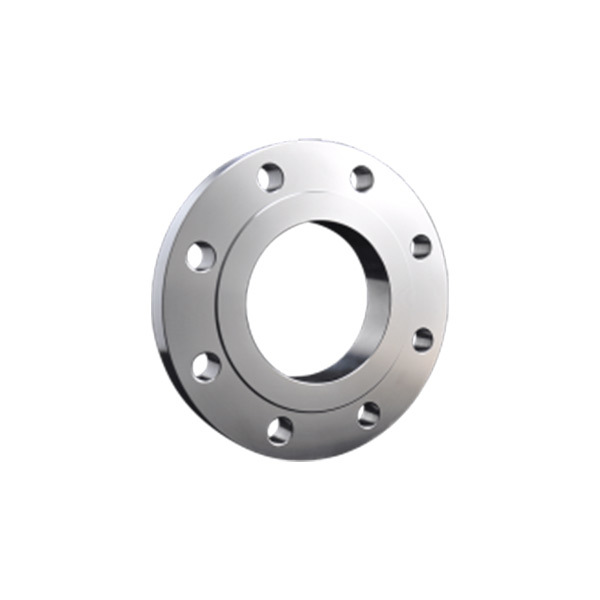
Forging
- Commodity name: Forging
- Product Description
-
Forging is a processing method that uses forging machinery to apply pressure to metal blanks, causing plastic deformation to obtain forgings with certain mechanical properties, shapes, and dimensions. It is one of the two major components of forging and pressing. Forging can eliminate casting defects such as looseness produced during smelting, optimize the microstructure, and because the complete metal flow lines are preserved, the mechanical properties of forgings are generally superior to castings of the same material. Important parts with high loads and harsh working conditions in related machinery, except for those with simpler shapes that can use rolled plates, profiles, or weldments, mostly use forgings.
A flange is also called a flange disc or hub. A flange is a part that connects shafts to each other, used for connecting pipe ends; there are also flanges used on equipment inlets and outlets, used for connecting two pieces of equipment, such as a reducer flange.
Flange connection or flange joint refers to a detachable connection formed by a combination of a flange, gasket, and bolts as a combined sealing structure. Pipe flanges refer to flanges used for piping in pipeline systems, and those on equipment refer to the inlet and outlet flanges of the equipment. There are holes in the flange, and the bolts connect the two flanges tightly. Gaskets are used for sealing between the flanges. Flanges are divided into threaded (screw) flanges, welded flanges, and clamp flanges. Flanges are always used in pairs; low-pressure pipelines can use threaded flanges, while those above four kilograms of pressure use welded flanges. A sealing gasket is placed between two flange discs, and then fastened with bolts. Flanges of different pressures have different thicknesses, and the bolts they use are also different. When connecting to pipelines, the local parts of water pumps and valves are also made into corresponding flange shapes, also known as flange connections. Any connecting parts that are connected and sealed around two planes using bolts are generally called "flanges", such as the connection of ventilation pipes. This type of part can be called "flange-type parts". However, this connection is only a local part of a piece of equipment, such as the connection between a flange and a water pump. It's not appropriate to call the water pump a "flange-type part". Smaller ones, such as valves, can be called "flange-type parts".
Forging is a processing method that uses forging machinery to apply pressure to metal blanks, causing plastic deformation to obtain forgings with certain mechanical properties, shapes, and dimensions. It is one of the two major components of forging and pressing. Forging can eliminate casting defects such as looseness produced during smelting, optimize the microstructure, and because the complete metal flow lines are preserved, the mechanical properties of forgings are generally superior to castings of the same material. Important parts with high loads and harsh working conditions in related machinery, except for those with simpler shapes that can use rolled plates, profiles, or weldments, mostly use forgings.
Keywords:





